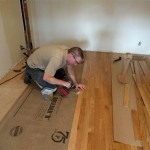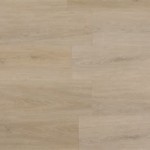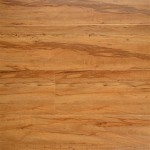Laying Laminate Wood Flooring In Basement: Essential Considerations
Transforming a basement into a comfortable and inviting living space often involves installing new flooring. Laminate wood flooring has emerged as a popular choice for basements due to its durability, affordability, and ease of installation. Here's a comprehensive guide on the essential aspects of laying laminate wood flooring in a basement:
1. Basement Preparation
Before beginning the installation, ensure your basement meets certain conditions. It should be dry, well-ventilated, and free from moisture issues. Check for any leaks or signs of water damage and address them promptly. It's crucial to maintain a consistent temperature and humidity level in the basement to prevent the flooring from buckling or warping.
2. Choosing the Right Flooring
When selecting laminate wood flooring for basements, opt for moisture-resistant options specifically designed for below-grade installations. Look for flooring with an underlayment that offers vapor barrier protection to prevent moisture from seeping through.
3. Acclimation
Before installing the laminate flooring, allow it to acclimate to the basement's temperature and humidity for at least 48 hours. This process helps prevent expansion or contraction after installation.
4. Proper Underlayment
Use an underlayment that provides both cushioning and moisture protection. Select an underlayment designed for basement installations and follow the manufacturer's instructions for installation.
5. Starting the Installation
Begin the installation by laying the first row along one wall. Use spacers to ensure a uniform gap around the perimeter, allowing for expansion and contraction. Interlock the planks by aligning the tongue and groove edges and tapping them together gently.
6. Subsequent Rows
Continue laying subsequent rows by staggering the joints to ensure a strong and stable floor. Use a tapping block and hammer to firmly secure the planks together. Avoid hitting the planks directly with the hammer.
7. Finishing Touches
Once the flooring is installed, remove the spacers and add baseboards or molding to cover the expansion gap. Clean the floor thoroughly using a damp mop or microfiber cloth. Avoid using harsh cleaning agents or excessive water.
Tips for Success:
- Use a chalk line to guide the first row and ensure straight installation.
- Cut the planks accurately using a miter saw or a laminate cutter.
- Avoid installing laminate wood flooring directly over concrete. Use a subfloor or underlayment with moisture protection.
- Leave a 1/4-inch gap around the perimeter to allow for expansion and contraction.
- Seal any seams or gaps with a water-resistant sealant to prevent moisture infiltration.

Tips And Tricks For Using Laminate Flooring In The Basement

Our First Diy Project Laminate Flooring In Ben S Basement Office House Of Hepworths

What Kind Of Flooring Should I Use To Finish My Basement Ozburn Hessey

4 Of The Best Options For Basement Flooring In Your Home Reallyfloors America S Est Hardwood

Laminate Flooring For Basements

What Is The Best Flooring For Basements Get Pros And Cons

Laminate Flooring On Concrete Basement Floors Expert Installation Guide Csg Renovation

Our First Diy Project Laminate Flooring In Ben S Basement Office Remodeling Bedrooms Renovations

What Are The Best Flooring For Basement In Homes

Basement Flooring Tips And Recommendations Hardwood Design Centre








